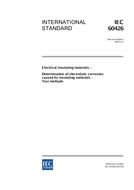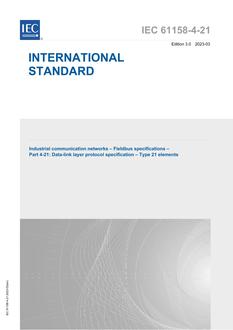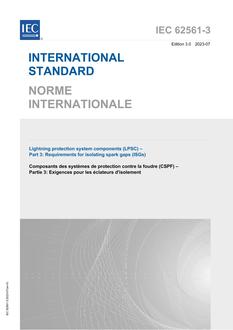
Click here to purchase
Determines the ability of insulating materials to produce electrolytic corrosion on metals being in contact with them under the influence of electric stress, high humidity and elevated temperature. The effect of electrolytic corrosion is assessed in one test by using consecutively two methods: – visual semi-quantitative method consisting in comparing visually the corrosion appearing on the anode and cathode metal strips, with those given in the reference figures. This method consists of the direct visual assessment of the degree of corrosion of two copper strips, acting as anode and cathode respectively, placed in contact with the tested insulating material under a d.c. potential difference at specified environmental conditions. The degree of corrosion is assessed by visually comparing the corrosion marks on the anode and cathode metal strips with those shown in the reference figures; – quantitative method, which involves the tensile strength measurement, carried out on the same anode and cathode metal strips after visual inspection. An additional quantitative test method for determining electrolytic corrosion, which involves tensile strength measurement of copper wire, is described in the informative Annex C. The main changes with respect to the previous edition are listed below: – experience has indicated the need for improved description of the experimental method. It describes a revised procedure for the visual and tensile strength test method that overcomes the limitations of the first edition; – one older method of the first edition has partly been maintained in the informative annex.
Product Details
- Edition:
- 2.0
- Published:
- 01/29/2007
- Number of Pages:
- 26
- File Size:
- 1 file , 270 KB


